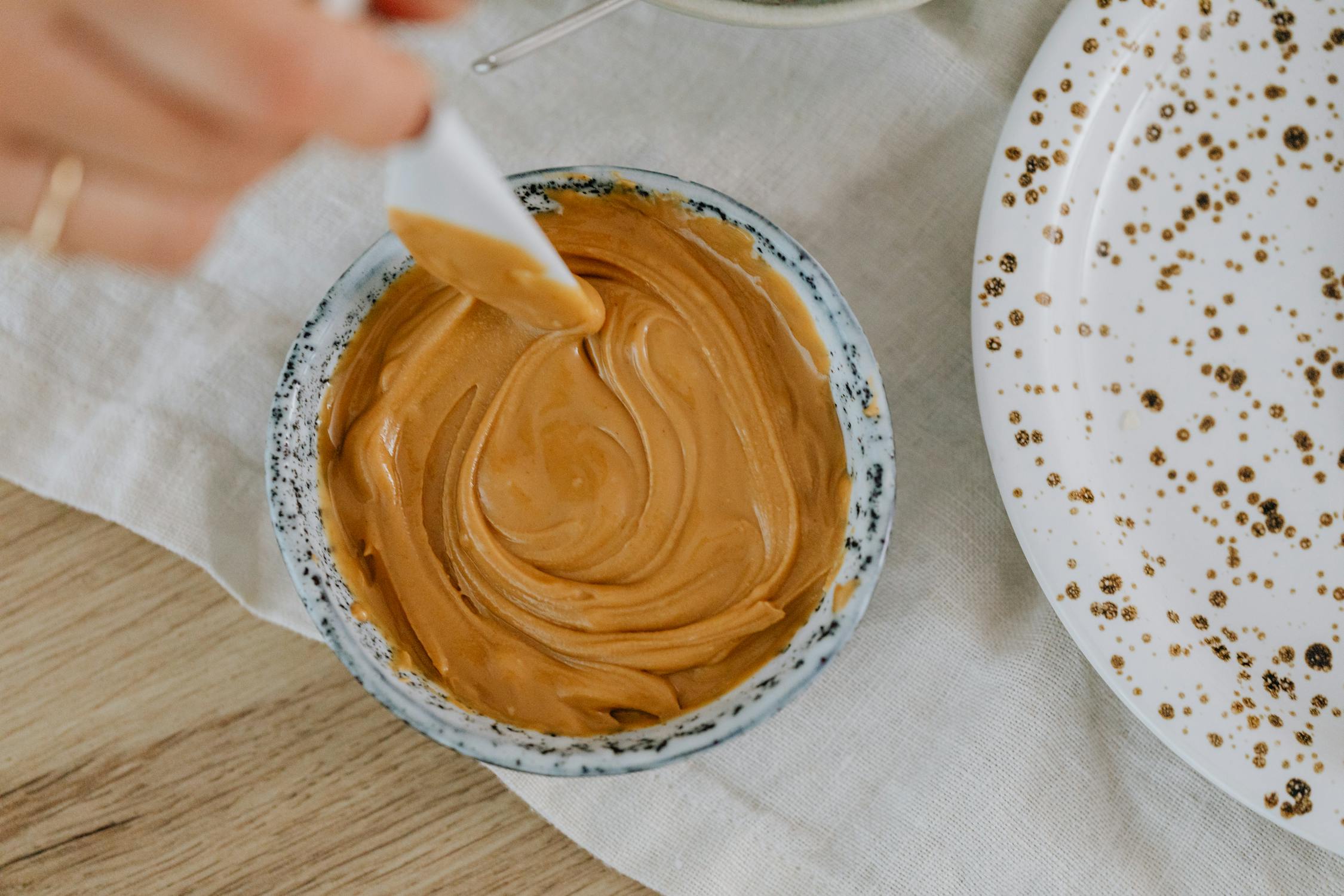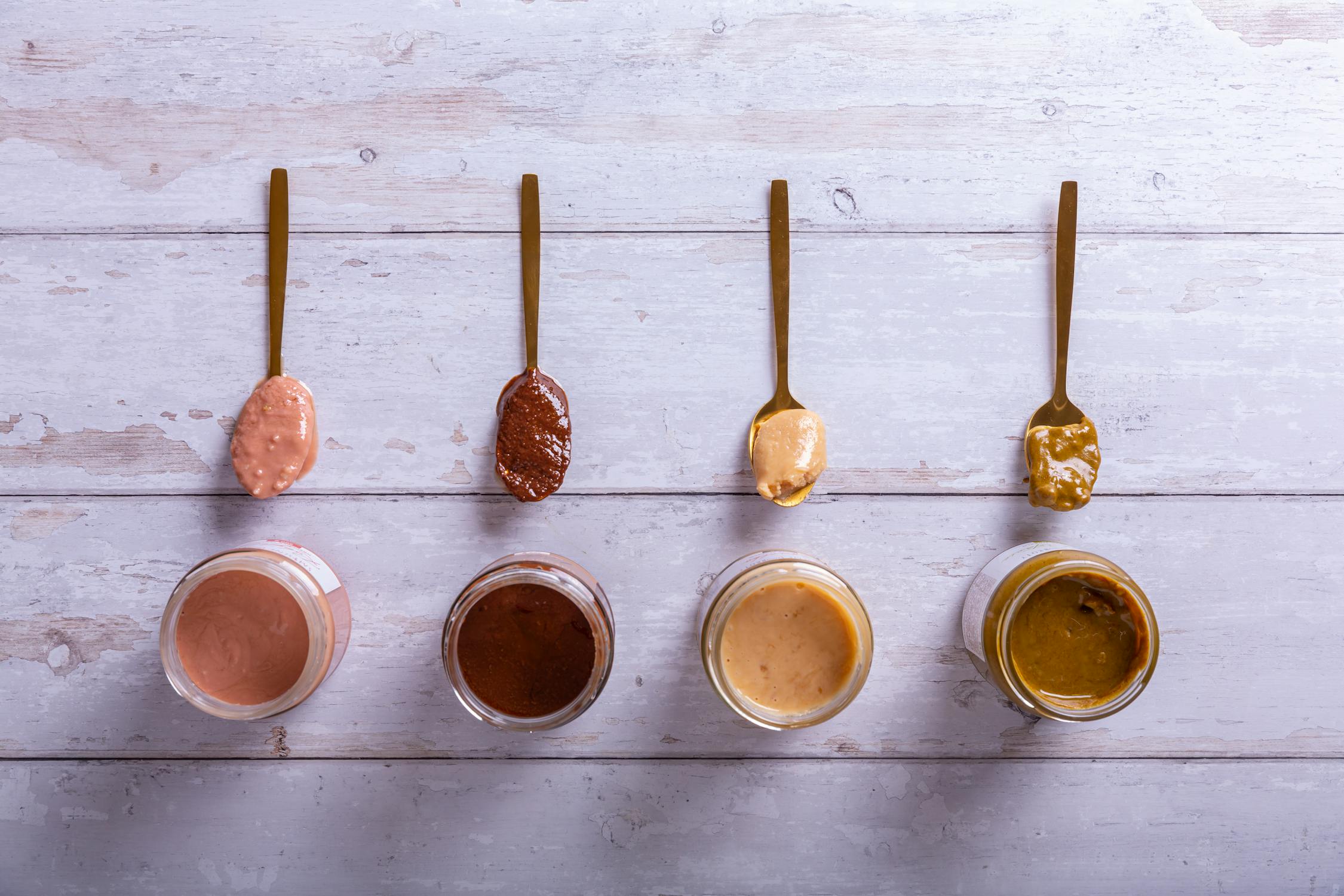Peanut butter is a staple in most households, but when it comes to storing it, there’s a lot of debate. Some people swear by keeping it in the fridge, while others insist that the pantry is the only logical place. So, what’s the best option? And does it really matter? Whether you’re a peanut butter purist or just trying to make your jar last longer, it’s important to know the facts. Let’s break down whether peanut butter belongs in the fridge or the pantry, what affects its shelf life, and how to store it properly.
1. Can You Store Peanut Butter in the Pantry?

The short answer? Yes, you can absolutely store peanut butter in the pantry. In fact, most peanut butters are made to be shelf-stable, meaning they can sit at room temperature without going bad. According to Skippy’s brand experts, keeping peanut butter in the pantry won’t impact its safety or taste. Plus, it makes spreading it much easier, which is a big win if you hate tearing up your toast. The only thing to keep in mind is that once opened, peanut butter has about a three-month shelf life in the pantry before it starts to lose its freshness. But let’s be honest—who keeps a jar around that long anyway?
2. What Happens If You Store It in the Fridge?

While the pantry is the most popular spot, the fridge is totally fine too. Some people prefer it because refrigerated peanut butter lasts longer. If you’re the type who likes to keep an emergency backup jar, chilling it can help extend its shelf life. However, there’s a tradeoff—cold peanut butter is much firmer and can be difficult to spread. If you’re eating it straight from the spoon, though, that firmer texture might actually be a bonus. Just be sure to keep your jar away from strong-smelling foods since peanut butter can absorb odors from the fridge.
3. Do Natural Peanut Butters Need to Be Refrigerated?

Not all peanut butters are created equal, and if you’re using a natural variety, you might want to rethink that pantry storage. Many natural peanut butters don’t contain stabilizers like hydrogenated oils, which means they’re more prone to oil separation and spoilage. If your peanut butter only contains peanuts and salt, keeping it in the fridge is the best way to prevent it from going rancid. However, some brands, like Skippy Natural, are formulated to remain shelf-stable, so always check the label. When in doubt, a quick stir before refrigerating can help keep the texture smooth and creamy.
Read More: Is Peanut Butter Healthy?
4. Does Refrigeration Affect Other Nut Butters?

If you’re a fan of almond, cashew, or sunflower seed butter, the same rules generally apply. Commercial nut and seed butters with stabilizers can be kept in the pantry, while natural varieties should be refrigerated to maintain freshness. Sunflower butter, in particular, tends to be more sensitive to heat, so refrigeration can help preserve its flavor. The biggest difference? Some nut butters, like almond butter, can get even harder than peanut butter when cold, making them even tougher to spread. If you don’t want to wrestle with your toast, letting the jar sit at room temperature for a few minutes before using can make a world of difference.
5. How to Store Peanut Butter for Maximum Freshness

Whether you’re team pantry or team fridge, storing peanut butter the right way will help keep it fresh. If you’re keeping it at room temperature, make sure the jar is in a cool, dark place away from heat and sunlight. A pantry cabinet works best—just don’t store it near the stove or dishwasher, where temperatures fluctuate. If you opt for the fridge, place the jar on a stable shelf rather than in the door, where it experiences temperature swings. Keeping the lid tightly sealed will also prevent it from drying out or absorbing unwanted fridge odors.
6. Signs Your Peanut Butter Has Gone Bad

Most peanut butter has a long shelf life, but it can go bad if stored improperly or kept for too long. The easiest way to tell? Give it a sniff. Fresh peanut butter should smell nutty and slightly sweet, but if it starts to smell bitter, metallic, or just plain off, it’s probably time to toss it. Other signs include a darker color, a dry or crumbly texture, or visible mold (though that’s rare). If you notice an excessive amount of oil separation and it’s been sitting for over a year, it’s probably best to get a fresh jar.
7. Can You Freeze Peanut Butter?

If you want to extend the life of this food even further, freezing is an option. It freezes surprisingly well and can last up to a year in the freezer without losing quality. Just be sure to store it in an airtight container and let it thaw in the fridge before using. The texture may change slightly, but a quick stir should bring it back to normal. This is a great option if you buy peanut butter in bulk or want to stock up on your favorite brand when it’s on sale.
The Final Verdict: Fridge or Pantry?

At the end of the day, storing this in the fridge or pantry comes down to personal preference. If you go through peanut butter quickly and like it easy to spread, the pantry is the best spot. If you want it to last longer or prefer a firmer texture, the fridge is a solid choice. Natural peanut butters should almost always be refrigerated to prevent spoilage, while commercial brands are flexible. No matter where you store it, keeping the lid tightly sealed and avoiding heat or humidity will help ensure your peanut butter stays as fresh and delicious as the day you opened it.
Read More: 5 Things That Could Happen to Your Body If You Eat Peanut Butter and Jelly Every Day

